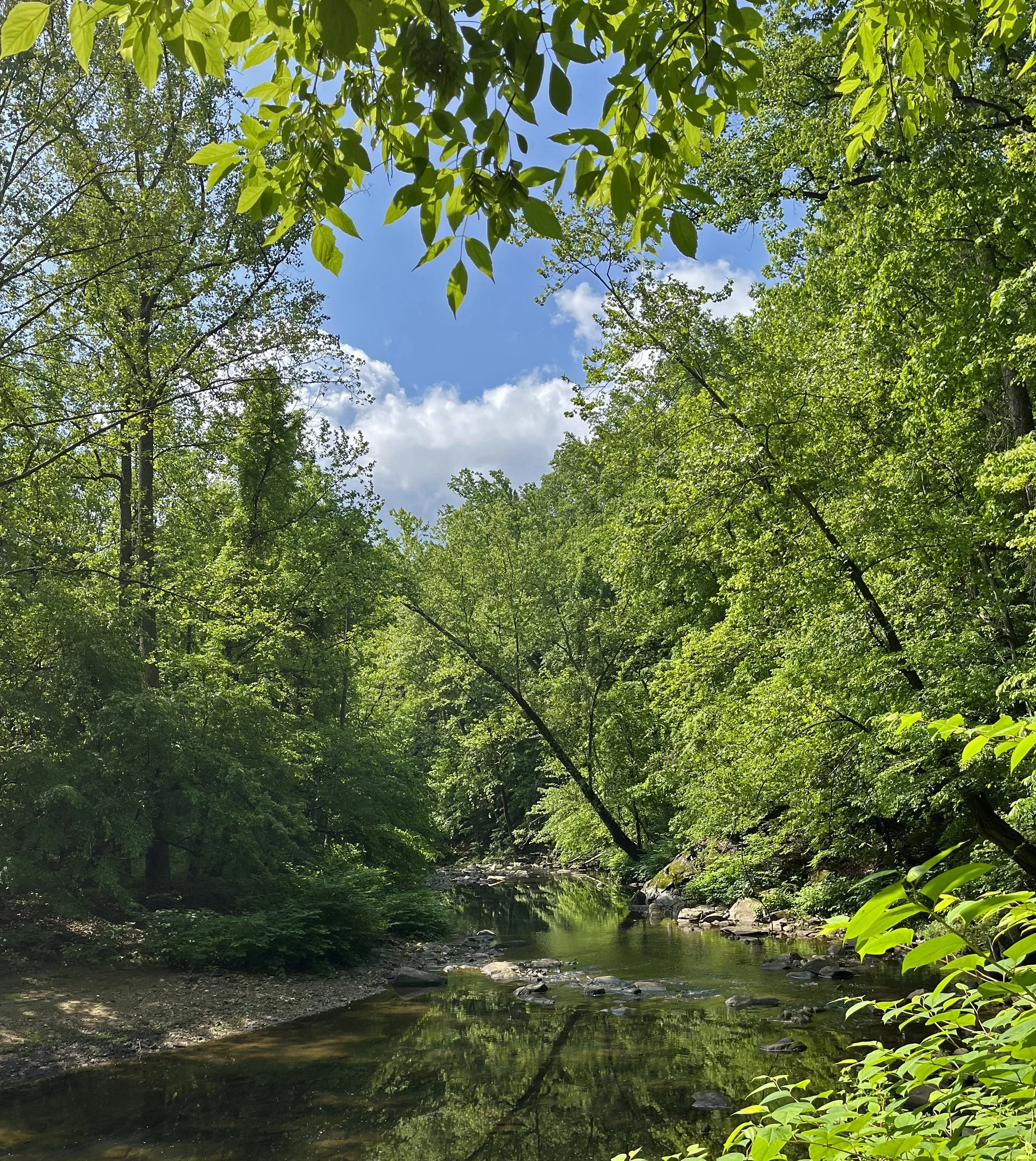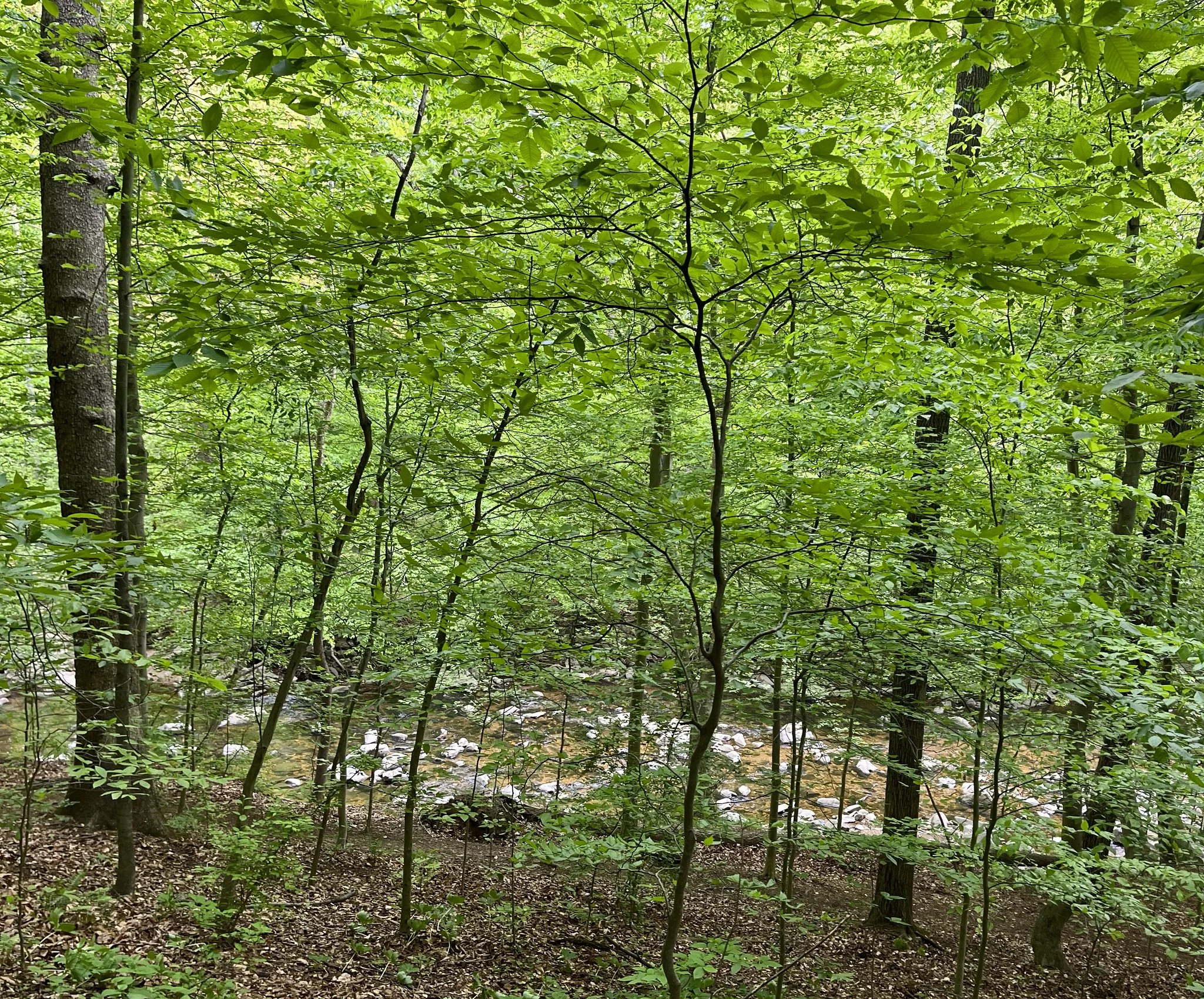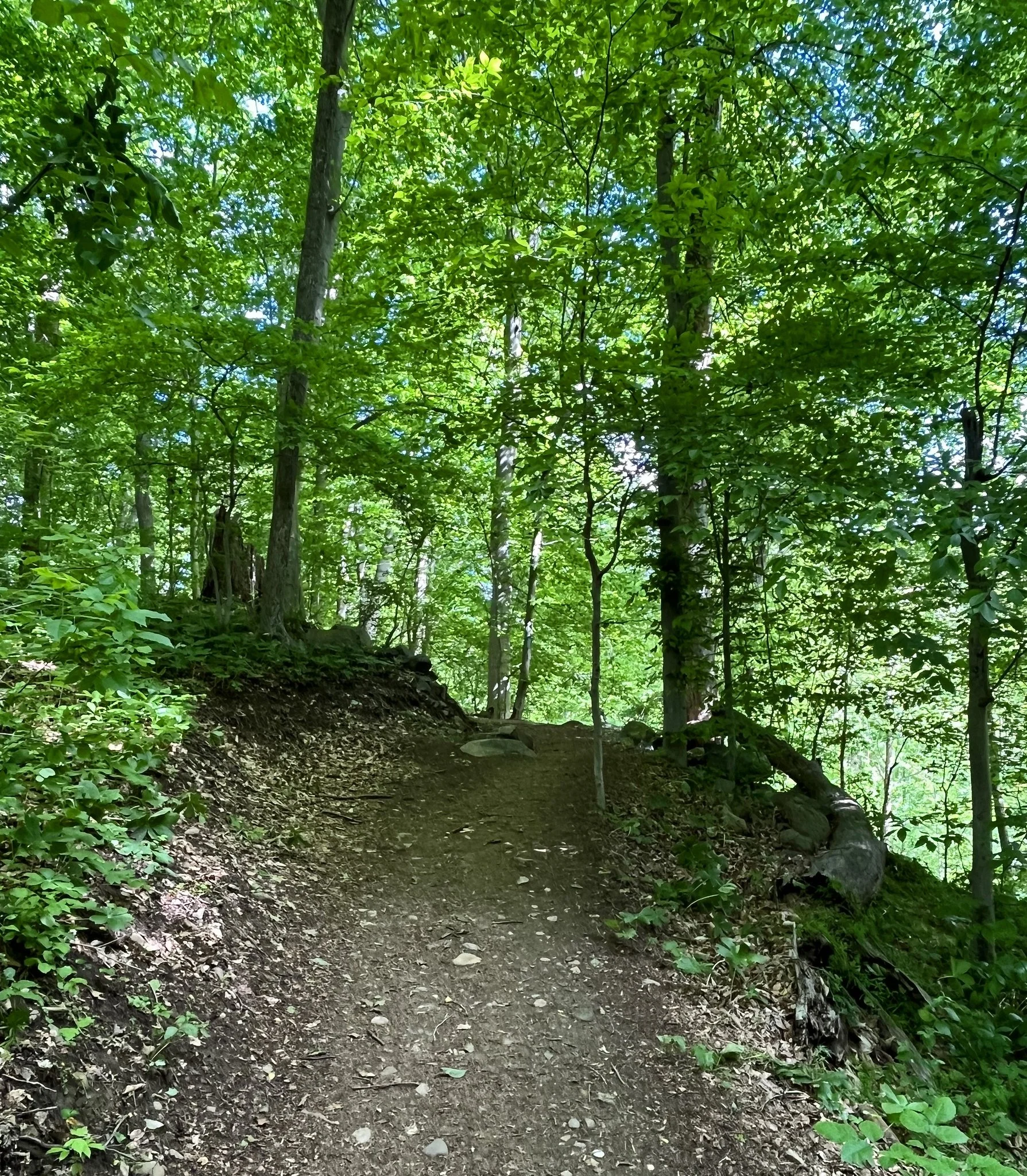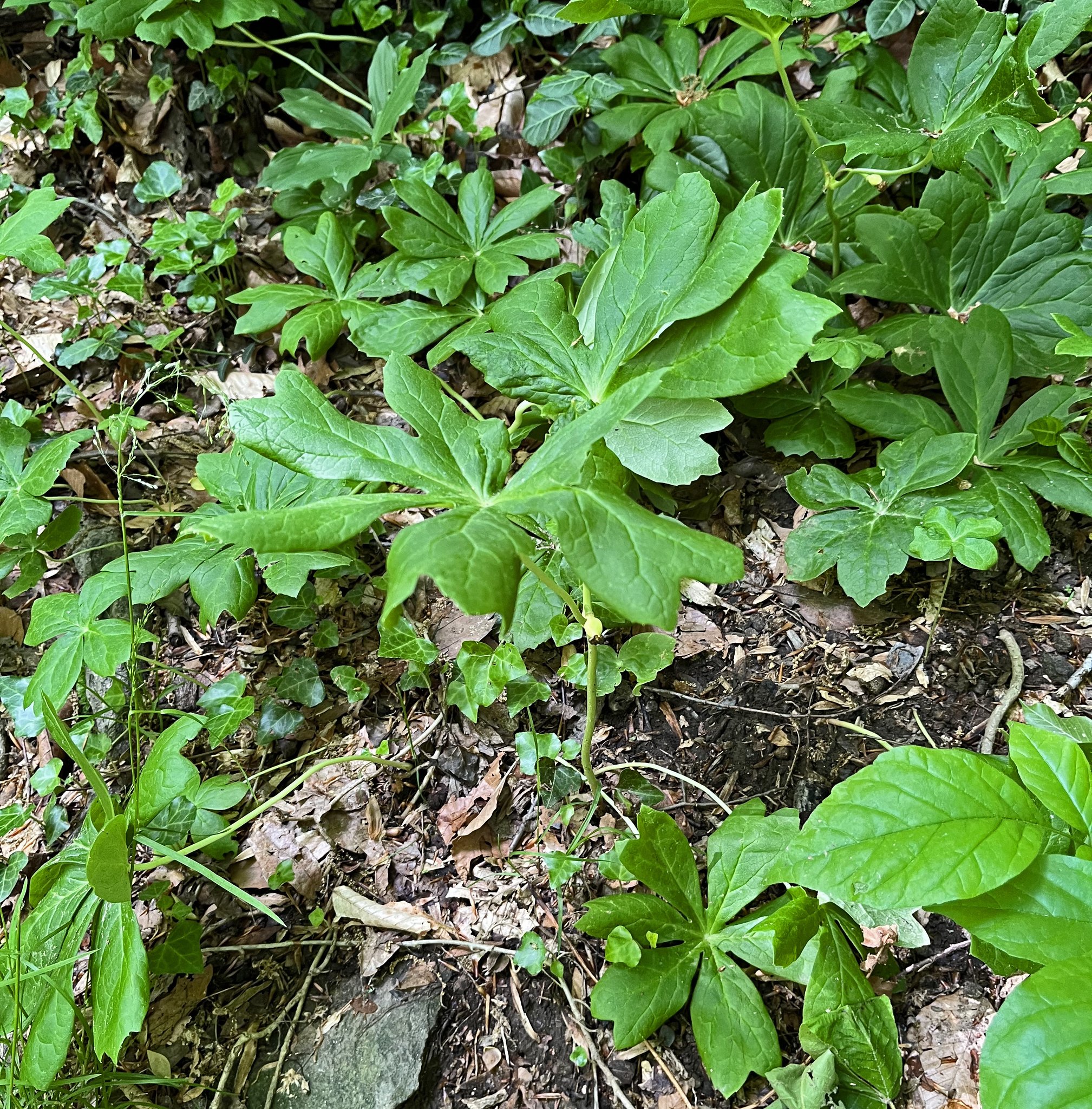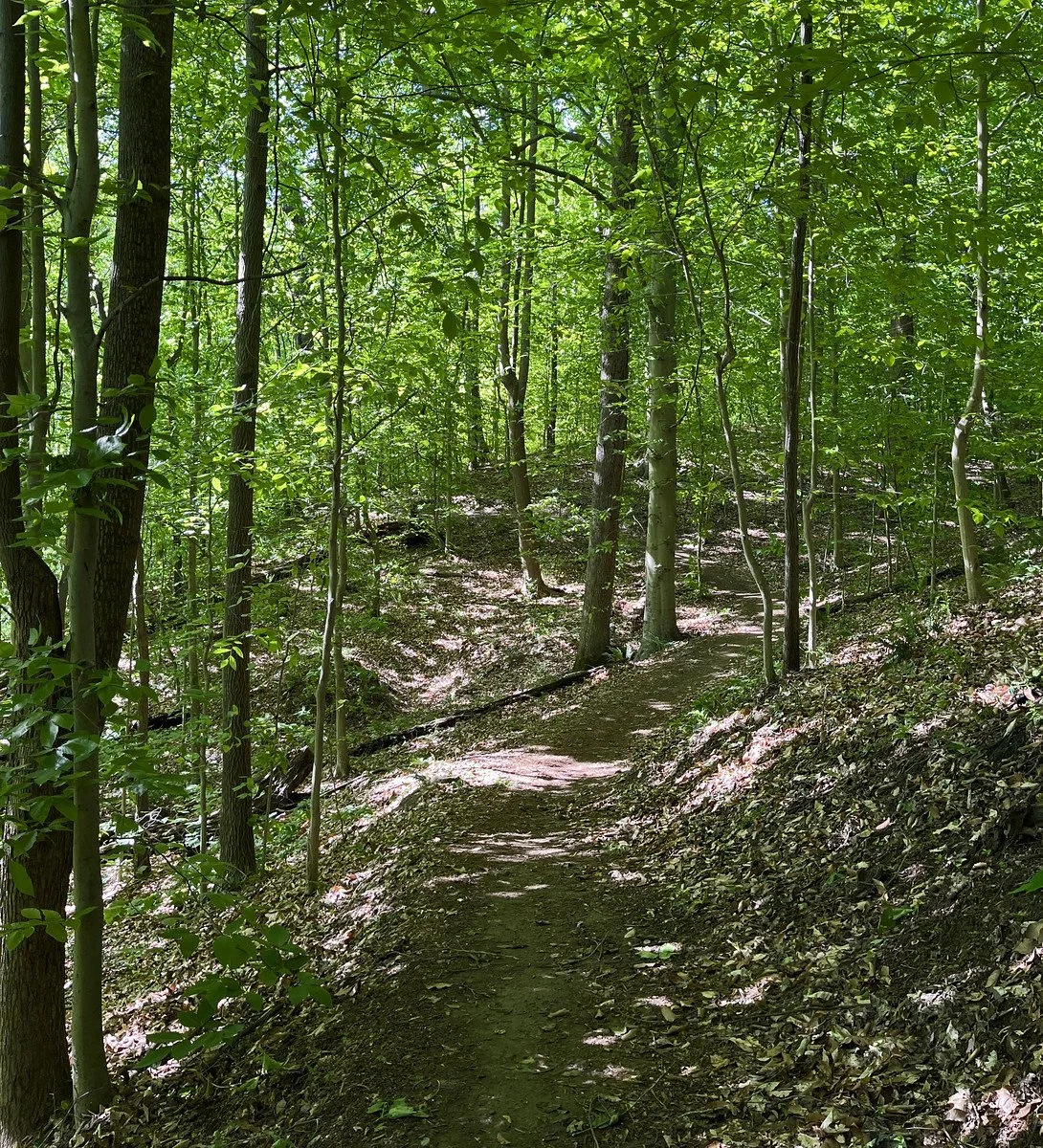One of the joys of spring is to watch marsh ponds awakening from a mostly sleepy winter, changing day by day, plant by plant, animal by animal. Here you see the largest pond on the WoodenBoat School campus, where the flora and fauna have been transforming quickly.
Among many other developments, fragrant water lily pads are starting to rise to the surface and green clumps of arrow arum have emerged well over a foot out of the water. The pads arise fully formed in earthy colors and soon soon will be accompanied by scented flowers.
The arum’s beautiful arrow-headed leaves are now forming and soon will be large enough to make their plants bow gracefully as if looking into the waters from which they arise.
A muskrat (or is it two that look alike?) recently has been extremely busy chewing off succulent new stems and swimming them to what apparently is an underwater entrance to a den:
The first litter of muskrat kits usually is born in May; I hope to see a family soon. (Images taken in Brooklin, Maine, on May 19, 2023.)





























